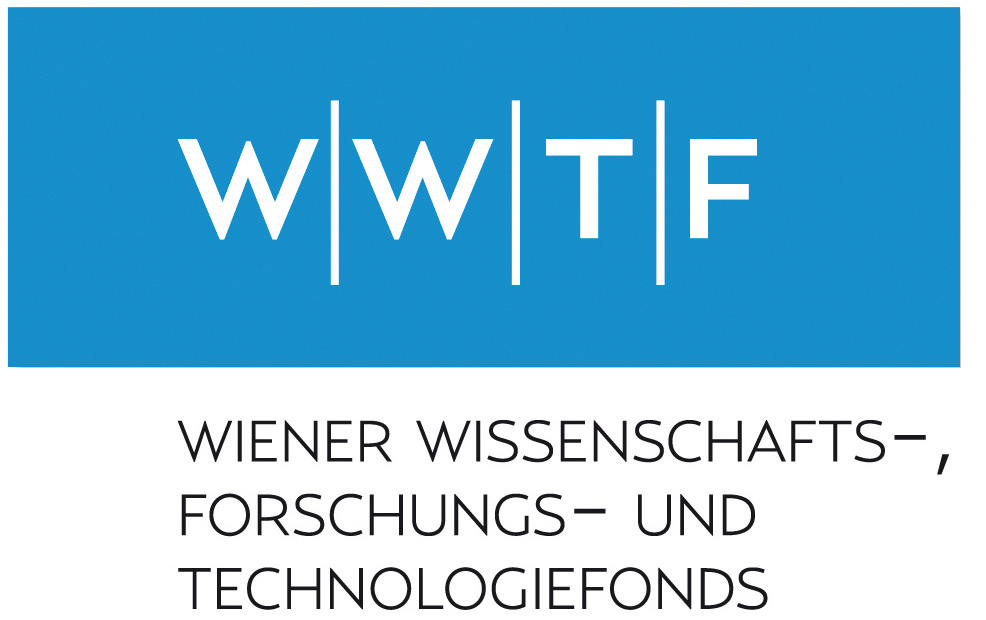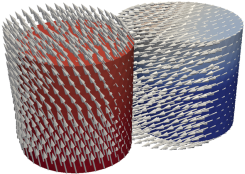
Conventional recording will reach its limits within the next three years because available write fields are too small to switch the grains of high-density media with area densities greater than 1 Tbit/in2. Future hard disks will thus use technologies with localized heating to provide additional energy to write onto tiny, hard magnetic grains.
In order to make this work, several design issues have to be clarified. To this end, simulations at the mesoscale can drastically reduce the development costs, but face three major challenges:
- Mathematically, the phase transition that occurs when the material is locally heated is reflected in a change of the nature of the underlying PDE. This has severe implications on the numerical time integration which has to be adjusted according to the material's local temperature
- A second challenge is the coarse graining involved in the continuum description of the magnetization dynamics. Trusted physical models are only available at the atomistic level. Therefore, renormalization methods have to be developed that will provide the coefficients of the governing PDE
- The local heat spot creates random thermal fluctuations of the magnetization. These are taken into account by augmenting the equation with a stochastic term. Mathematically, we thus have to solve a stochastic PDE with coefficients that vary strongly in time and space
The project aims at the development of a mesoscopic simulator for thermally induced magnetization
dynamics.

This work is supported by The Vienna Science and Technology Fund WWTF under the project number MA14-044.
Details
| Duration | 01/01/2015 - 31/12/2018 |
|---|---|
| Funding | Sonstige |
| Program | WWTF 4 Call 2014 Mathematik und... |
| Department | |
| Principle investigator for the project (University for Continuing Education Krems) | Dipl.-Ing. Albert Treytl |
Team
Publications
Oezelt, H.; Kovacs, A.; Fischbacher, J.; Bance, S.; Gubbins, M.; Schrefl, T. (2017). Transition Jitter in Heat-Assisted Magnetic Recording by Micromagnetic Simulation. IEEE Transactions on Magnetics, 53(11): DOI: 10.1109/TMAG.2017.2709840
